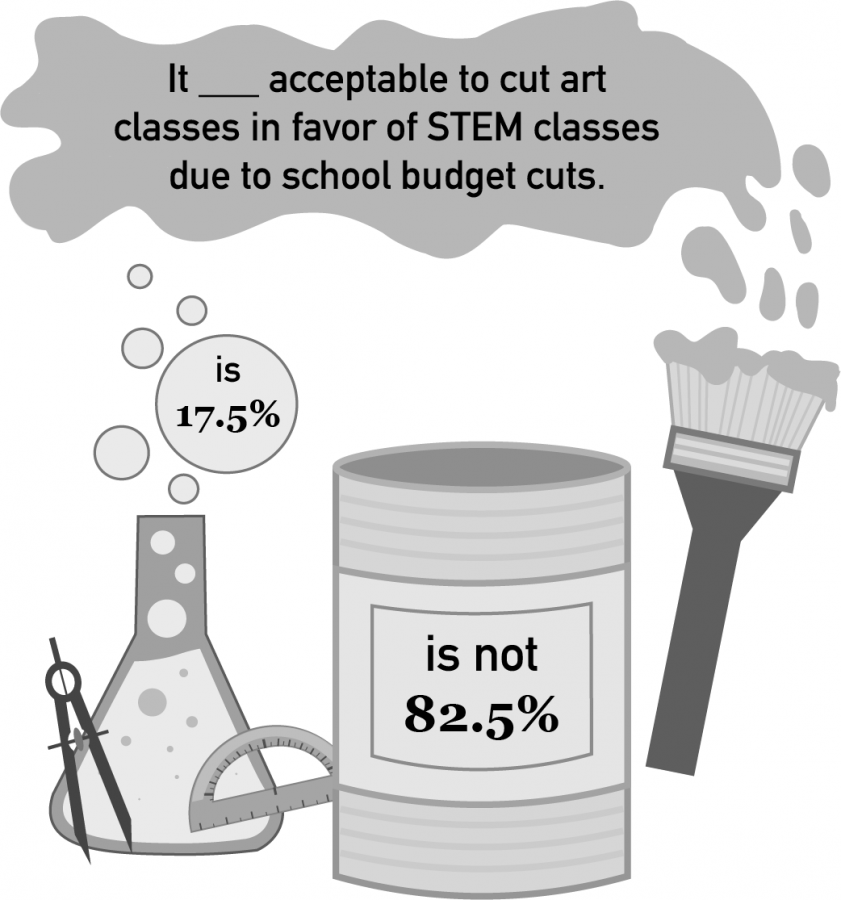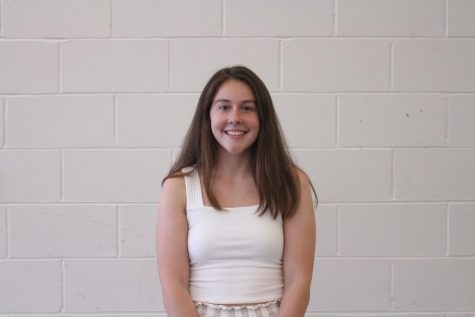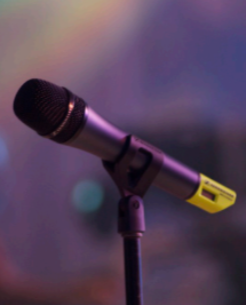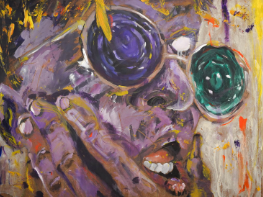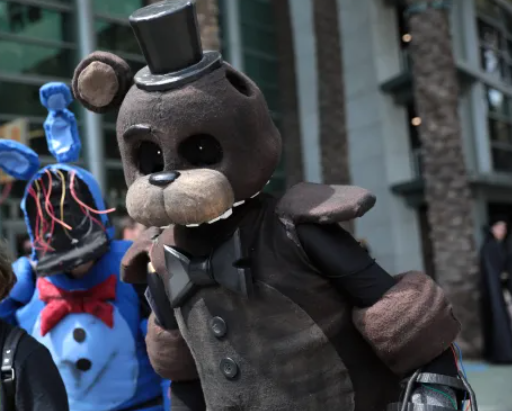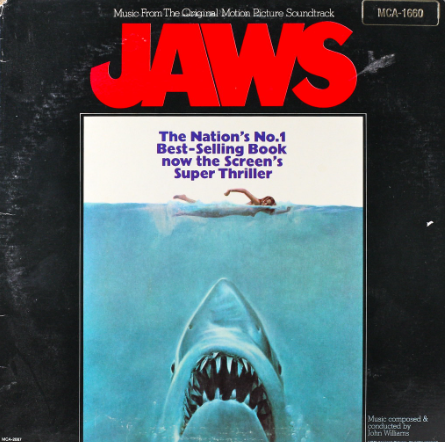Schools struggle to find balance between arts and STEM education with limited funds and time
Blot graphic by Dani McLaughlin
A survey of 103 students from Oct. 14 to Oct. 28.
November 15, 2019
With the value of an arts education up for debate, schools are finding it harder than ever to balance this discipline with STEM education.
In the last few decades, there has been an increase in the number of students pursuing an education in the STEM fields. According to the Integrated Postsecondary Education Data System, majors within STEM made up 64 percent of students’ degrees in 1970 and expanded to 77 percent by 2016. Meanwhile, majors in the arts made up a mere 23 percent.
The push for a STEM oriented education can be attributed to the future career opportunities educators and students alike predict will come from this field. As Vince Bertram, president and CEO of non-profit Project Lead the Way, explained to Forbes, “There has been an increase in awareness [of STEM fields] simply because that is where the jobs are at today and where we foresee them to be in the future.”
Because of this, a number of schools facing budget cuts chose to close their doors on programs that promote the arts over STEM. This decision does not go unnoticed by educators. According to Americans for the Arts, two-thirds of public school teachers believe subjects within the arts field do not make up enough of the school day.
Graphic Design and Photography teacher Amanda FitzPatrick understands that this can happen at some schools, but she finds CHS and other arts themed schools to go against this belief.
“I believe that in a school that is arts driven and has a creative theme that yes, the bulk of the day is in some sort of communications field. Would that work at Biotechnology High School? Would that work at a comprehensive high school? Maybe not, but here I do think that because students are driven towards that career path, they focus on whatever they choose as their theme,” FitzPatrick said.
Students also take advantage of the opportunities they have with this area of study. Senior Liam Jamolod of Howell finds one arts class at CHS in particular to be both underrated and advantageous.
“An art class that is less talked about, Graphic Arts, is a class that taught me valuable skills for producing material,” Jamalod said. “In that class, we learned how to print material from paper sizes, to format [and] to paper type which people don’t often think about.”
Beyond CHS, New Jersey has also become the first state in the country to give all students access to arts education in public schools. According to NorthJersey.com, “about 81 percent of students study one of four arts disciplines,” making this a significant component of education in New Jersey.
With an interest in the arts also comes benefits. Commissioner of Education Lamont Repollet told NorthJersey.com that he believes students who take part in the arts will be more likely to earn higher language arts scores and enroll in college.
With two differing fields, teachers take on the task of finding a balance. Math teacher Justine Lane often incorporates aspects of the arts into her STEM themed projects.
“I have a great project in Geometry where I do two point linear perspective. It’s something that way in the past had not been addressed in art classes, but now it is, so it really connects,” Lane said.
From an arts perspective, Visual Communication teacher Laura Fallon emphasizes to her students that skills from both disciplines are required to succeed in her class.
“In my classroom, I definitely try to balance,” Fallon said. “Right from the get-go we say there is going to be a technical aspect and then a creative, conceptual, problem-solving aspect to it as well. You really need to excel at both to make the project come together.”



